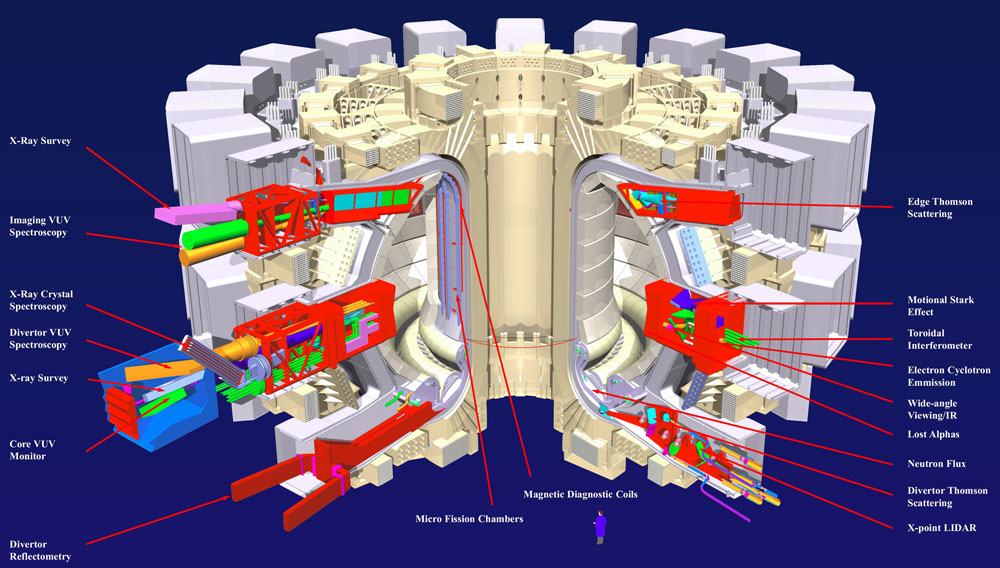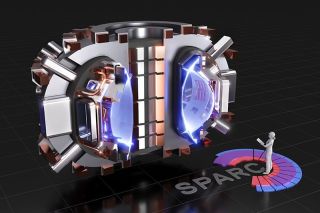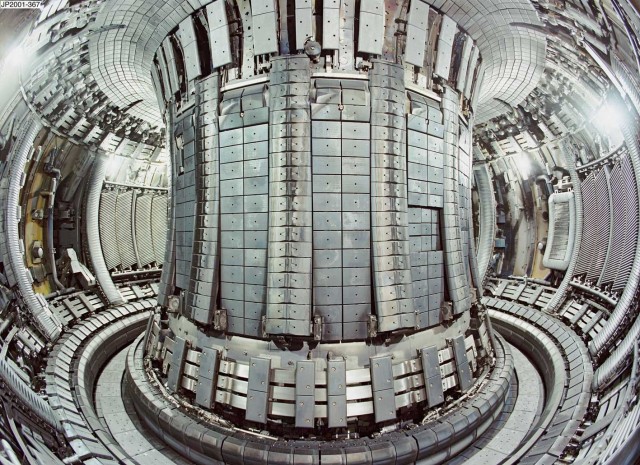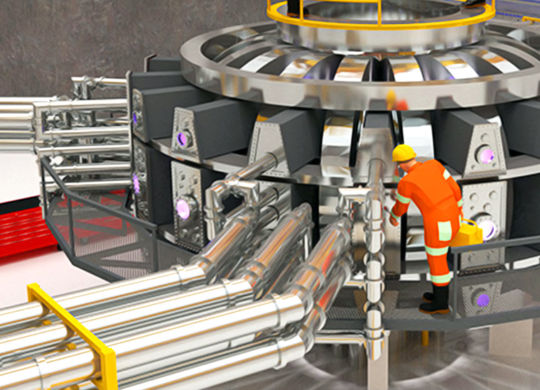A viable nuclear fusion reactor — one that spits out more energy than it consumes — could be here as soon as 2025.
Written content from Space

That’s the takeaway of seven new studies, published Sept. 29 in the Journal of Plasma Physics.
If a fusion reactor reaches that milestone, it could pave the way for massive generation of clean energy.
During fusion, atomic nuclei are forced together to form heavier atoms. When the mass of the resulting atoms is less than the mass of the atoms that went into their creation, the excess mass is converted to energy, liberating an extraordinary amount of light and heat. Fusion powers the sun and stars, as the mighty gravity at their hearts fuse hydrogen to create helium.

But an enormous amount of energy is needed to force atoms to fuse together, which occurs at temperatures of at least 180 million degrees Fahrenheit (100 million degrees Celsius). However, such reactions can generate far more energy than they require. At the same time, fusion doesn’t produce greenhouse gases such as carbon dioxide, which drive global warming, nor does it generate other pollutants. And the fuel for fusion — such as the element hydrogen — is plentiful enough on Earth to meet all of humanity’s energy needs for millions of years.

“Virtually all of us got into this research because we’re trying to solve a really serious global problem,” said study author Martin Greenwald, a plasma physicist at MIT and one of the lead scientists developing the new reactor. “We want to have an impact on society. We need a solution for global warming — otherwise, civilization is in trouble. This looks like it might help fix that.”
If it succeeds, SPARC would be the first device to ever achieve a “burning plasma,” in which the heat from all the fusion reactions keeps fusion going without the need to pump in extra energy. But no one has ever been able to harness the power of burning plasma in a controlled reaction here on Earth, and more research is needed before SPARC can do so. The SPARC project, which launched in 2018, is scheduled to begin construction next June, with the reactor starting operations in 2025. This is far faster than the world’s largest fusion power project, known as the International Thermonuclear Experimental Reactor (ITER), which was conceived in 1985 but not launched until 2007; and although construction began in 2013, the project is not expected to generate a fusion reaction until 2035 Read more from Space
Read other science and technology related stories from News Without Politics





